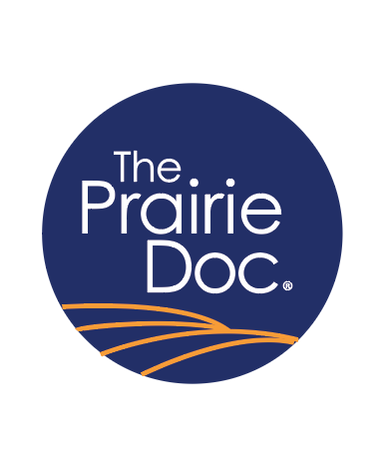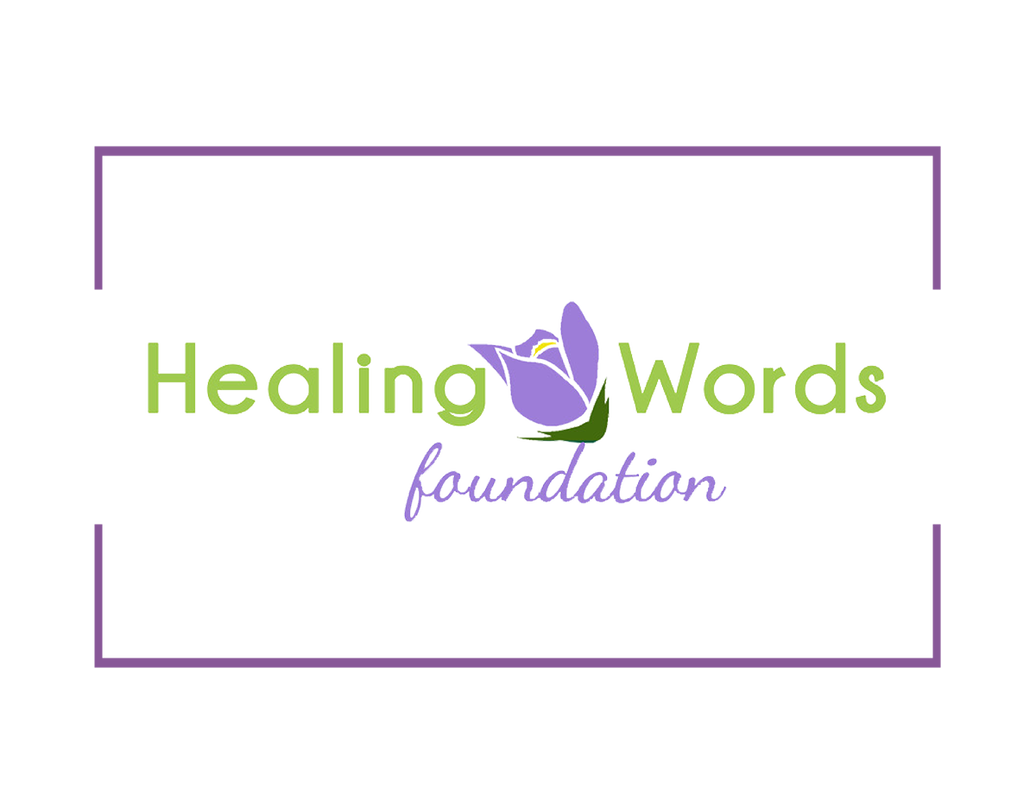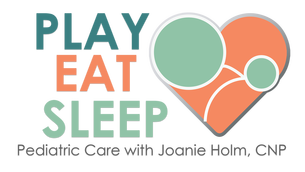The Heart of the MatterBy Jill Kruse, D.O.
A few years ago, I spoke at a conference for women physicians. My talk opened with a simple question. What organ does the heart supply blood to first? It was a deceptively simple question, but the room was silent as they all pondered what they thought was a trick question. Various answers came in, but they were all wrong. Everyone else tried to guess what the most important organ would be that would receive the blood first. They tried to deduce which organ was physically the closest to the heart. The next slide in my talk was a picture of the heart from an anatomy textbook and there I showed the answer. The heart feeds itself first. The very first blood vessels that branch off the heart at the aorta are the coronary arteries. These are the blood vessels that feed the heart and are the ones that, when blocked, cause a heart attack. This was not a talk about anatomy, and it wasn’t a lesson in physiology. It was a conference on self-care. No one has ever called the heart a selfish organ. We call someone who is generous and kind as someone who has a “big heart”. The heart’s sole purpose is to supply oxygenated blood to the entire body, and it beats constantly from before we are born until the moment we die. The only way it can do this is by taking care of itself and making sure its needs are met first. Yet when we think of taking time for ourselves or saying “no” to someone’s request because we do not have the time or energy to help, we often feel selfish. When the heart does not have enough blood flow to an area, or there is a blockage in a vessel, it causes pain. Sometimes people ignore this pain and push through. Sometimes the pain goes away, only to come back later when the demands on the heart grow stronger. If the area of the heart is starved for blood for long enough, that part of the heart dies. If a large enough area of the heart dies, then the heart cannot effectively pump blood to the rest of the body and the person may die of a heart attack. We need to follow this example in how we treat ourselves. We need to take care of ourselves – emotionally, physically, and spiritually – before we can take care of others. If we ignore this and take care of our needs last, our ability to care for not only ourselves, but others will suffer. Be like the heart, tirelessly giving and kind to the entire body, but most importantly ensuring that the giving and kindness applies to you first and foremost. Jill Kruse, D.O. is part of The Prairie Doc® team of physicians and currently practices family medicine in Brookings, South Dakota. For free and easy access to the entire Prairie Doc® library, visit www.prairiedoc.org and follow Prairie Doc® on Facebook featuring On Call with the Prairie Doc® a medical Q&A show streaming on Facebook and broadcast on SDPB most Thursdays at 7 p.m. central. The Native American Medicine WheelBy Richard P. Holm, MD
In recent years, I’ve learned of wonderful aspects of Native American culture, especially the sacred medicine wheel or hoop of life with variations in colors and meanings according to each tribe and nation. The circle is a universal spiritual symbol, but the Native American medicine wheel has complexity and power for me, a person who has cared for the elderly throughout my lifetime on the prairie. For centuries, the Native American medicine wheel has given bearing, a sense of position, an objective and simultaneous understanding of both the infinitude and the limitation of life. The wheel brings a conscious spirituality that recognizes and accepts all things. For me, it closes the gap between the cynical scientific part of me and the inclusive spiritual part. By spiritual, I mean that part of our soul that savors music, art, poetry and the divine; the part that grows to love all things living and nonliving. In the following verse, I’ve taken the liberty to express my interpretation of the sacred circle: First we get down on our knees and feel the soil, sacred Mother Earth, the world around us, the animals, plants, prairies, lakes, mountains, the environment of our planet from where all food and sustenance comes; earth is foundation. Then we stand and raise our arms to sacred Father Sky, the sun, stars, clouds, rain, wind, air and breath of life, light and dark; from where all energy flows and ebbs; sky is infinity. Then we turn and bow east, symbolized by the color red, the rising sun, springtime, birth, the very young, a sense of innocence and hope for the future. Then we bow south, symbolized by the color yellow, the full sun, summer, early adulthood, a sense of unconquerable power and the courage to fight for justice. Then we bow west, symbolized by the color black, the setting sun, autumn, mature adulthood, a sense of gravity to protect freedom and face vulnerability with honest eyes. Finally we bow north, symbolized by the color white, nighttime, winter, old age, wisdom to savor friendship, family and the circle of life, release from fear of change and death, and a sense of empathy from having walked in another’s moccasins. We pray in harmony as love consoles. O sacred hoop of life, please touch our souls. This essay is a composite of works written by the late Richard P. Holm, M.D. who died in March 2020 after a battle with pancreatic cancer. He was founder of The Prairie Doc® and author of “Life’s Final Season, A Guide for Aging and Dying with Grace” available on Amazon. Dr. Holm’s legacy lives on through his Prairie Doc® organization. For free and easy access to the entire Prairie Doc® library, visit www.prairiedoc.org and follow Prairie Doc® on Facebook, featuring On Call with the Prairie Doc® a medical Q&A show streaming on Facebook and broadcast on SDPB most Thursdays at 7 p.m. Central. -0- Opioids: The Unfolding of a CrisisBy Kenneth A. Bartholomew, MD
By now everyone with a television or internet connection has heard of the “Opioid Crisis in America”. Deaths from accidental overdoses of opioids each year have now surpassed deaths from automobile accidents. Depending on whose numbers you read, these deaths range from 50,000 to 70,000 each year, versus 38,800 from vehicle accidents in 2019. Just how did we get here? I have been practicing long enough to have witnessed the progression of this problem. In medical school in the 1970s, we were taught to be cautious and limit the prescribing of morphine and Tylenol with codeine because they had the potential to be addicting. We saw occasional problems with overuse and addiction, but not that many. In the 1980s and 1990s, there were multiple articles published in medical literature that showed patients in emergency rooms and hospital wards were not receiving enough pain relief. This was doubly damning because almost every article showed that people of color were provided less pain relief for surgical pain or trauma pain than Caucasians. Multiple essays followed. The unstated implication was that we were bad doctors, not doing a good job of relieving pain. Enter the federal government and the Law of Unintended Consequences. The Joint Commission, the body in charge of hospital accreditation, made pain the “Fifth Vital Sign”. It was mandated that every patient, every day, often multiple times a day, be asked how their pain level was doing (and quantify it on a one-to-ten scale). The use of pain medications accelerated. Add to this the fact that in the search for better pain-relief drugs, oxycodone was approved by the FDA in 1995 and the continuous-release version, oxycontin, came on the market the following year. Fentanyl, many more times more powerful was approved in 1998 for cancer pain. These drugs are far more addicting than codeine, a fact then unknown to most doctors and allegedly covered up by the drug company. With this perfect storm of mandates and new drugs, the number of prescriptions skyrocketed – we did not want to be seen as bad doctors by the Joint Commission watchdogs. Needless to say, the addiction rate skyrocketed as well. These drugs, some claim, can ‘turn on a switch’ in the brain after only a single dose. One addict stated, “It was the first time in my life my body didn’t hurt. I wanted that feeling to last.” And he did almost anything to get the drugs, which ruined his life and almost killed him. In contrast, we look at several European countries that did not “mandate” Draconian pain relief measures. Their post-operative patients receive mostly Tylenol and ibuprofen and their satisfaction scores are essentially identical to those of the U.S. What I think we should learn from this forty-year unfolding of the “Opioid Crisis” is that doctors should be doctors and politicians should be politicians, and the Law of Unintended Consequences will continue to bite us in the backside unless we take the time necessary to know and understand history. Ken Bartholomew, M.D. is a contributing Prairie Doc® columnist. He practices in Pierre, South Dakota and serves on the Healing Words Foundation Board of Directors, a 501c3 which provides funding for Prairie Doc® programs. For free and easy access to the entire Prairie Doc® library, visit www.prairiedoc.org and follow Prairie Doc® on Facebook featuring On Call with the Prairie Doc® a medical Q&A show streaming on Facebook and broadcast on SDPB most Thursdays at 7 p.m. central. Give the Gift of Organ DonationBy Jill Kruse, D.O.
At the bottom right hand corner of my driver’s license there is a small heart and the word “donor”. The print is small and easy to miss among all the other information contained. That one word, I would argue, is the most important piece of data there. Displayed next to my height, weight, and eye color, I proudly declare that when my organs are no longer of any use to me, I want to give them to someone in need. This is a personal decision and, according to United Network for Organ Sharing, donation is supported by all the major religions. It is also a decision that can impact up to eight other lives. Donation of my organs, cornea, and tissues is a gift that will cost me and my family nothing. There is no cost to the donor’s family or estate, and it doesn’t affect funeral plans or prevent a viewing. When I die, my organs, tissue, and corneas will be available to people in dire need of them. I don’t want my body to be like an Egyptian pharaoh’s tomb filled with treasures that could be better used by the living. The ancient Egyptians removed the organs from the body before they mummified someone. These organs were placed in Canopic jars and buried. Let my Canopic jars be living, breathing people who need them to live their life to the fullest. Right now, there are more than 113,000 people waiting for lifesaving organ transplants. Of those people, 8,000 will die each year waiting for an organ that will not come in time. The thought that I can lower that number when I die brings me a sense of pride and joy. Organ donation is the ultimate way for a physician, and anyone else, to help someone be healthier. Organ donation is truly giving the gift of life. I have seen this gift of life personally. My cousin’s husband, his mother, and his sister all had heart transplants due to a genetic condition. He had a heart transplant on December 29th, 1999 and a kidney transplant on March 31st, 2005 giving him an additional 20 wonderful years of watching his three children grow. A significant gift for someone who was not sure that he would live much beyond his wedding. Before his kidney transplant, he was dependent on a dialysis machine three times per week. The organ donations have changed his life and the lives of his family. I hope that I can change the life of someone else through my gift of organ donation and I hope you will consider donating as well. Find out more at www.organdonor.gov. Jill Kruse, D.O. is part of The Prairie Doc® team of physicians and currently practices family medicine in Brookings, South Dakota. For free and easy access to the entire Prairie Doc® library, visit www.prairiedoc.org and follow Prairie Doc® on Facebook featuring On Call with the Prairie Doc® a medical Q&A show streaming on Facebook and broadcast on SDPB most Thursdays at 7 p.m. central. |
Archives
July 2024
Categories |
 RSS Feed
RSS Feed


